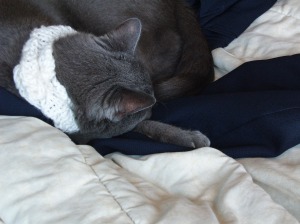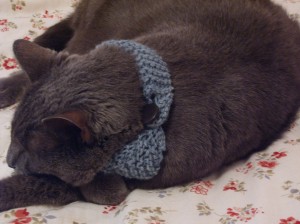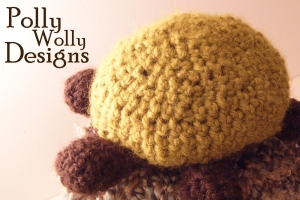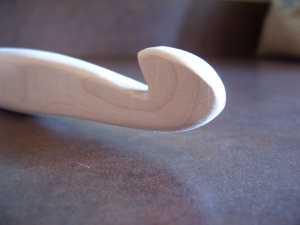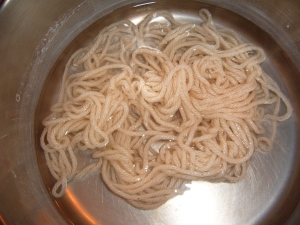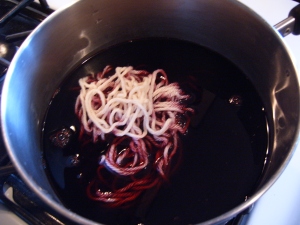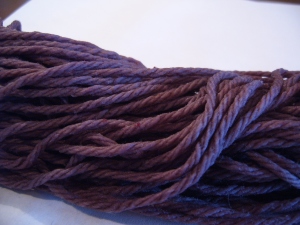We've all seen Pinterest fails. Cookie Monster cupcakes that deteriorate into a melting blob of blue icing, disturbing images of babies in strands of lights that were supposed to be sweet turning into pictures of their seeming last moments as they attempt to strangle themselves in Christmas cheer...but is this the worst of Pinterest? What if this amazing online corkboard of ideas from women across America's blogosphere was encouraging followers to disobey the law?
They are.
DUH DUH DUH DUUUH!!!! DUH DUH DUUUUUUH!!!!
(to the tune of Beethoven's 5, in case you couldn't follow my musical intonation over the computer screen...)
Of course, not all Pinterest users fall for these, and all of those who do, do not do so on purpose. But without further ado, here are (in some semblance of reverse order) the top 6 things on Pinterest that could land you in hot water. At least you'll have day old
orange peels and cinnamon sticks in there to keep you company.
6.
This is from a song by The Lumineers. I don't know anything about this group, and have never heard this song as far as I know.
This is a fad called "Subway Art". Basically a fun graphic of lyrics from a popular song, printed on photographic paper, matted, stuck in a frame, and hung on the walls in your bedroom, living room, or nursery, this is illegal.
Why?
These words are intellectual property of the songwriters. They wrote them, and are probably trying to market their own posters, tshirts, or other stuff with these words, and creating your own is STEALING.
Editor's note: I have been alerted to the fact that this may fall under fair use laws. Having done a little research on it, I've found it's rather a gray area, but did read that the very least that should be done is acknowledge the songwriter.
5.
Valentines Day bookmarks made with paint chips and a hole punch. To be used in your copy of "The Ultimate Home Decorator's Guide to Paint"
Yes! I know, right, how disappointing to see these crafts on this list! Paint chip crafts are so cute and cheap! This is isn't exactly illegal, just really inconsiderate.
Why?
These paint chips are provided at no cost to customers to aid customers in selecting the right paint for their projects. Unless you are upcycling paint chips left over from your huge bathroom remodel when you couldn't decide which of the forty different shades of pink you wanted to overwhelm your guests with, you are gypping the store. Frankly, if there aren't signs already popping up at Home Depots across America that read "If you're only interested in crafting with these, go away," more store managers need to get on Pinterest. To put this in terms relevant to our everyday lives, this would be like someone walking into McDonald's, walking right past the registers to the ketchup dispensers, filling a travel mug with ketchup and leaving. The stuff is provided at no cost for a specific reason (painting/dipping your fries in), and if you are just taking it all home because you want to, that makes it kind of STEALING. So, be nice, and leave the paint chips there.
4.
Wedding favors. CDs of your favorite love songs, or your wedding playlist.
This should be obvious to most of us, but just in case, I thought I'd mention it. Unless you were able to find good recordings of love songs from the 1920s, chances are, you're breaking the law.
Why?
Just about every artist who performs a song is trying to sell it. By providing for free what someone is trying to sell, you are taking away 50-300 potential sales depending on how many guests you provide them for. It doesn't matter if you know that 200 of those 300 would never buy any of the songs on the CD, you are still giving away stuff that doesn't belong to you.
The only way you could do this without breaking the law is buying one mp3 of every song per disk you were intending to make. As you can see, this would get very expensive. The disk shown above, for example, looks like it has around 20 songs on it. Each CD would cost you about $20-$25 to make, and so if you have a wedding with even as few as 50 guests, you'd be spending about as much on favors as your reception hall. Since no one is going to do something so uneconomical, they only buy one copy of each song and burn it to the fifty CDs, which is, you guessed it, STEALING.
3.

I like Despicable Me as much as the next girl, but something about the idea of combining toddlers and minions really scares me.
"Whaaaaa?!" Yes, unfortunately, these too. Believe it or not, Minions or any other favorite character of any movie is trademarked. They are intellectual property of the film studio who put all the money into the project, and by selling unlicensed hats such as this, you make it clear that you like the idea of Minions, but you're not willing to pay the people who thought them up, thus capitalizing on someone else's creativity. Crocheting your own Minion hats, though they are cute, popular and very easily whipped together, is STEALING.
2.
Oh, dear.
Somewhere along the line, hacking the system became legal? Using this "legal" process of downloading mp3s, you can go to Taylor Swift's VEVO channel on YouTube, select "Begin Again" and, instead of paying her for the work she does by purchasing it for a buck on iTunes, get it for free. How would
you like it if you recorded a sweet song about meeting the guy of your dreams at a cafe, and somebody decided they liked it...but didn't want to pay you the dollar you were asking for it, so downloaded the sound file from behind your music video?
This is STEALING.
1.
Doesn't everyone dance sideways in four inch heels on the railroad tracks?
Ah, cliches. But this cliche is, actually, illegal. Besides being very dangerous, taking pictures on railroad tracks is trespassing and has punitive consequences if you're caught. Please, for your own safety and clean crime record, keep off the tracks. If nothing else, it'll be one less picture to pressure the rest of the world into dangerous folly.
Those are my top 6 illegal (or just really inconsiderate) Pinterest ideas. Feel free to share any Pinterest peeves of your own below, but most of all, let's all do a better job of making the internet a place where consideration for all artists, businesses, property holders, and creators, not just ourselves, comes first.



































